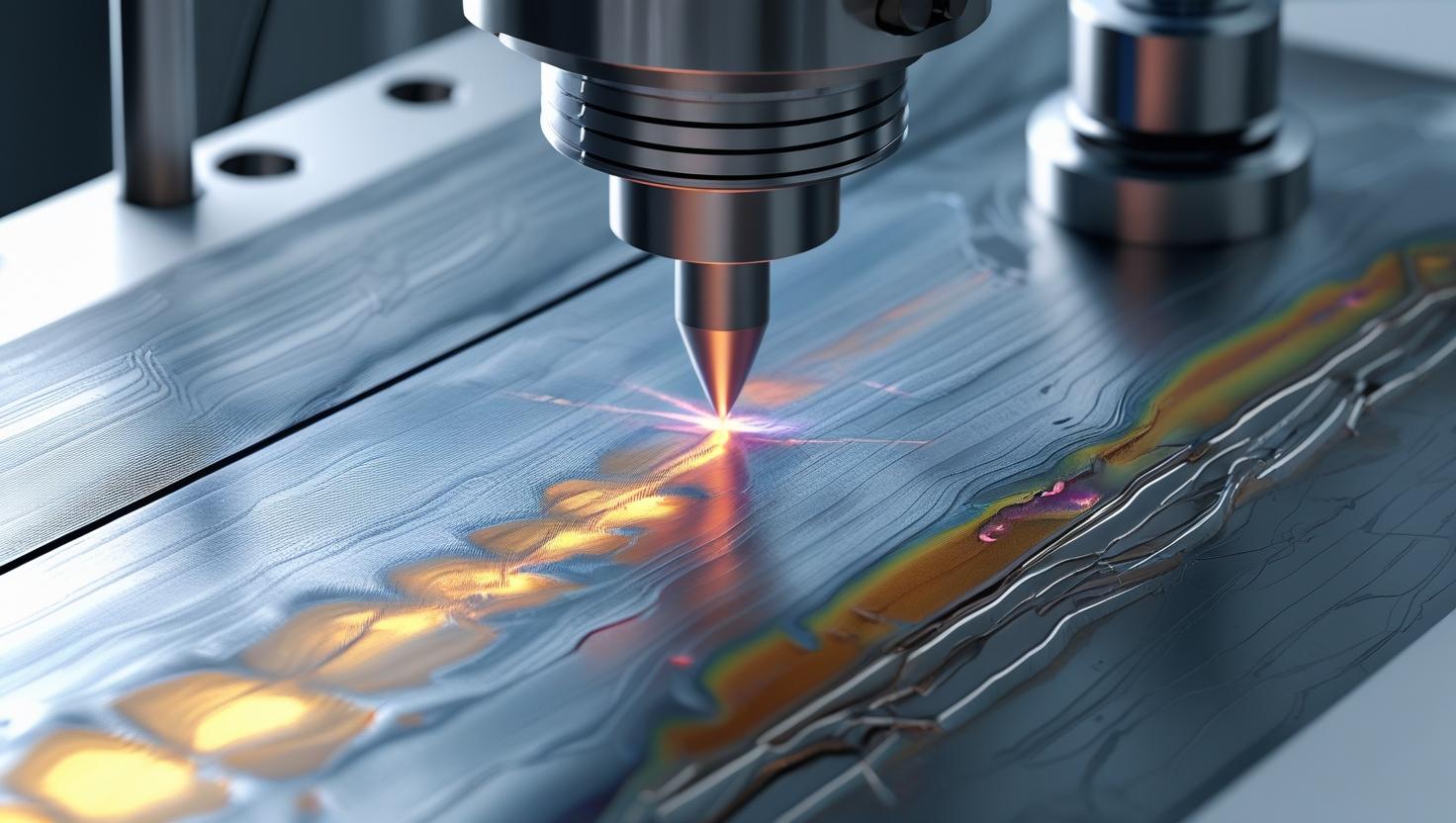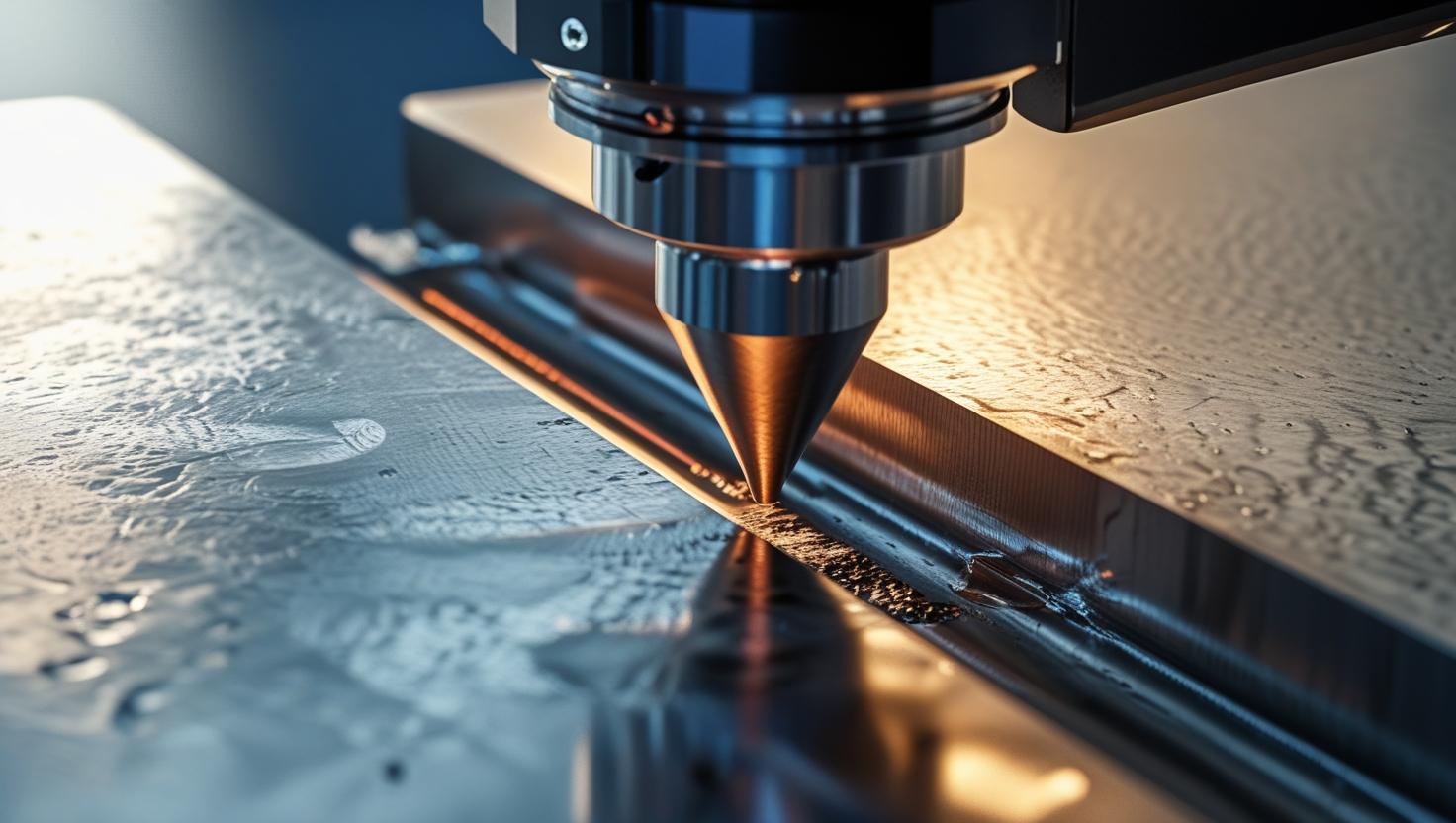Eddy Current Testing (ECT) is a non-destructive testing (NDT) method that uses electromagnetic induction to detect surface and sub-surface defects in conductive materials. Its significance has grown across multiple industries due to its ability to provide accurate, contactless testing without damaging the material. Traditionally utilized in the aerospace and power generation sectors, ECT is now seeing increased adoption in automotive manufacturing, oil and gas infrastructure, and even emerging areas like renewable energy systems. The growing emphasis on operational safety, asset reliability, and regulatory compliance is fueling broader acceptance of eddy current technologies worldwide.
Eddy Current Testing Market Outlook and Growth Projections
The global market for Eddy Current Testing is expected to witness steady growth in the coming years, with forecasts suggesting a compound annual growth rate (CAGR) . This growth is underpinned by multiple factors, including the rising complexity of industrial systems, aging infrastructure in developed economies, and an ongoing shift toward predictive maintenance models. Additionally, expanding manufacturing bases in Asia-Pacific and increasing defense budgets globally are contributing to the rising demand for robust and reliable testing solutions. As industries increasingly adopt digital transformation strategies, ECT is positioned to become a core component of smart inspection systems.
The Influence of the Aerospace and Defense Sectors
The aerospace and defense sectors are major drivers of the eddy current testing market. Aircraft and defense equipment demand meticulous inspection protocols to ensure structural integrity and operational reliability. ECT plays a pivotal role in this regard, offering fast, accurate testing of engine components, fuselage structures, landing gear, and other critical parts. Given the regulatory stringency imposed by aviation authorities such as the FAA and EASA, maintenance, repair, and overhaul (MRO) providers rely heavily on eddy current systems. As global air travel rebounds and defense modernization programs expand, these sectors will continue to be vital to the sustained growth of the ECT market.
Download PDF Brochure @ https://www.marketsandmarkets.com/pdfdownloadNew.asp?id=882

Technological Innovations and Automation
Technological advancements are transforming the ECT landscape. The integration of eddy current systems with automation platforms, artificial intelligence, and the Industrial Internet of Things (IIoT) is revolutionizing inspection practices. Modern ECT equipment now comes equipped with features such as real-time data processing, remote monitoring capabilities, and automated defect recognition. This reduces the time and labor involved in manual inspections and improves the reliability and reproducibility of test results. Furthermore, the deployment of robotic systems integrated with ECT probes is enabling faster inspections in complex geometries, which is particularly useful in industries like automotive manufacturing and shipbuilding.
Portable and Application-Specific Devices
Another notable trend in the market is the emergence of portable and handheld eddy current devices. These compact tools offer flexibility for field inspections, especially in locations that are difficult to access with traditional testing equipment. Industries with distributed assets, such as oil and gas or railway networks, are particularly benefitting from these advancements. Additionally, manufacturers are focusing on application-specific solutions. This includes designing custom probes and coils tailored to inspect particular components, such as turbine blades, pipelines, or welds in high-pressure environments. Such bespoke solutions are enhancing the precision and value of ECT in niche applications.
Infrastructure Maintenance and the Role of ECT
In mature markets like North America and Western Europe, aging infrastructure poses significant safety and economic challenges. Bridges, tunnels, pipelines, and power plants that have been in operation for decades require constant inspection and maintenance. Eddy current testing provides a non-invasive method to assess the structural integrity of metallic components, detecting early signs of fatigue, corrosion, or stress cracking. Governments and utility companies are increasingly allocating funds for infrastructure rehabilitation, with ECT positioned as a key inspection tool in ensuring long-term asset durability and public safety.
Regulatory Pressures and Quality Standards
Regulatory compliance continues to be a major factor influencing the adoption of advanced NDT techniques. International standards such as ISO 15548 and codes issued by bodies like the American Society of Mechanical Engineers (ASME) and the International Atomic Energy Agency (IAEA) emphasize the importance of precise and documented inspection practices. ECT is widely accepted within these frameworks, especially for its ability to provide quantifiable and repeatable results. As industries face rising pressure to meet stricter environmental, safety, and quality regulations, the demand for validated testing systems like eddy current is set to increase.
Skilled Workforce and Training Initiatives
While technology is evolving rapidly, the need for skilled personnel remains a crucial aspect of effective ECT deployment. Operators must be trained not only in equipment handling but also in data interpretation, probe calibration, and signal analysis. In response, several industry bodies and training institutes are expanding certification programs, including multi-level NDT qualifications. This growing focus on education is ensuring a qualified workforce capable of leveraging the full potential of modern ECT systems. Additionally, simulation-based training and virtual reality tools are being introduced to accelerate learning and reduce hands-on training costs.

Regional Market Dynamics
Regionally, North America holds a significant share of the ECT market due to its strong aerospace and oil and gas sectors, as well as rigorous regulatory requirements. Europe follows closely, driven by its automotive and transportation industries and the need for advanced infrastructure inspections. Meanwhile, Asia-Pacific is expected to emerge as the fastest-growing market. Rapid industrialization in countries like China, India, and South Korea, along with increased investment in manufacturing and defense, is generating strong demand for NDT technologies, including ECT. Governments in these regions are also funding technology parks and industrial training programs to enhance domestic inspection capabilities.
Challenges and Market Limitations
Despite its numerous advantages, the eddy current testing market faces certain limitations. The high initial cost of advanced ECT equipment can be a barrier for small- and medium-sized enterprises (SMEs). Moreover, the technique is primarily limited to conductive materials, which restricts its applicability in industries dealing with composites or ceramics. Interpreting eddy current signals also requires significant expertise, as variations in signal can be caused by multiple factors including geometry, material properties, and surface conditions. However, ongoing R&D and software developments are gradually addressing these limitations, making the technology more accessible and user-friendly.
The Eddy Current Testing market is poised for sustained growth, driven by technological innovation, increased safety awareness, and expanding applications across key industries. As global infrastructure ages and industrial systems become more complex, ECT offers a proven, reliable, and adaptable solution for maintaining asset integrity and operational efficiency. With continued investment in training, R&D, and digital integration, the future of the eddy current testing market looks not only robust but transformative for the broader non-destructive testing ecosystem.
FAQ: Eddy Current Testing Market
1. What is Eddy Current Testing (ECT)?
Eddy Current Testing is a non-destructive testing (NDT) method that uses electromagnetic induction to detect surface and near-surface defects in conductive materials. It is widely used for inspecting metals without causing damage to the material being tested.
2. Which industries commonly use Eddy Current Testing?
ECT is commonly used in aerospace, automotive, power generation, oil and gas, railways, and manufacturing. It’s especially critical in sectors requiring high safety and quality standards.
3. What is driving the growth of the Eddy Current Testing market?
Key growth drivers include increased demand for safety and regulatory compliance, aging infrastructure in developed economies, advancements in industrial automation, and rising adoption in emerging markets.
4. What are the latest technological trends in Eddy Current Testing?
Recent trends include the development of portable and handheld devices, integration with AI and IoT for predictive maintenance, and the use of robotic systems for automated inspections.
5. What challenges does the Eddy Current Testing market face?
Challenges include the high initial cost of advanced systems, limitations to conductive materials, complexity in data interpretation, and a shortage of skilled technicians.
